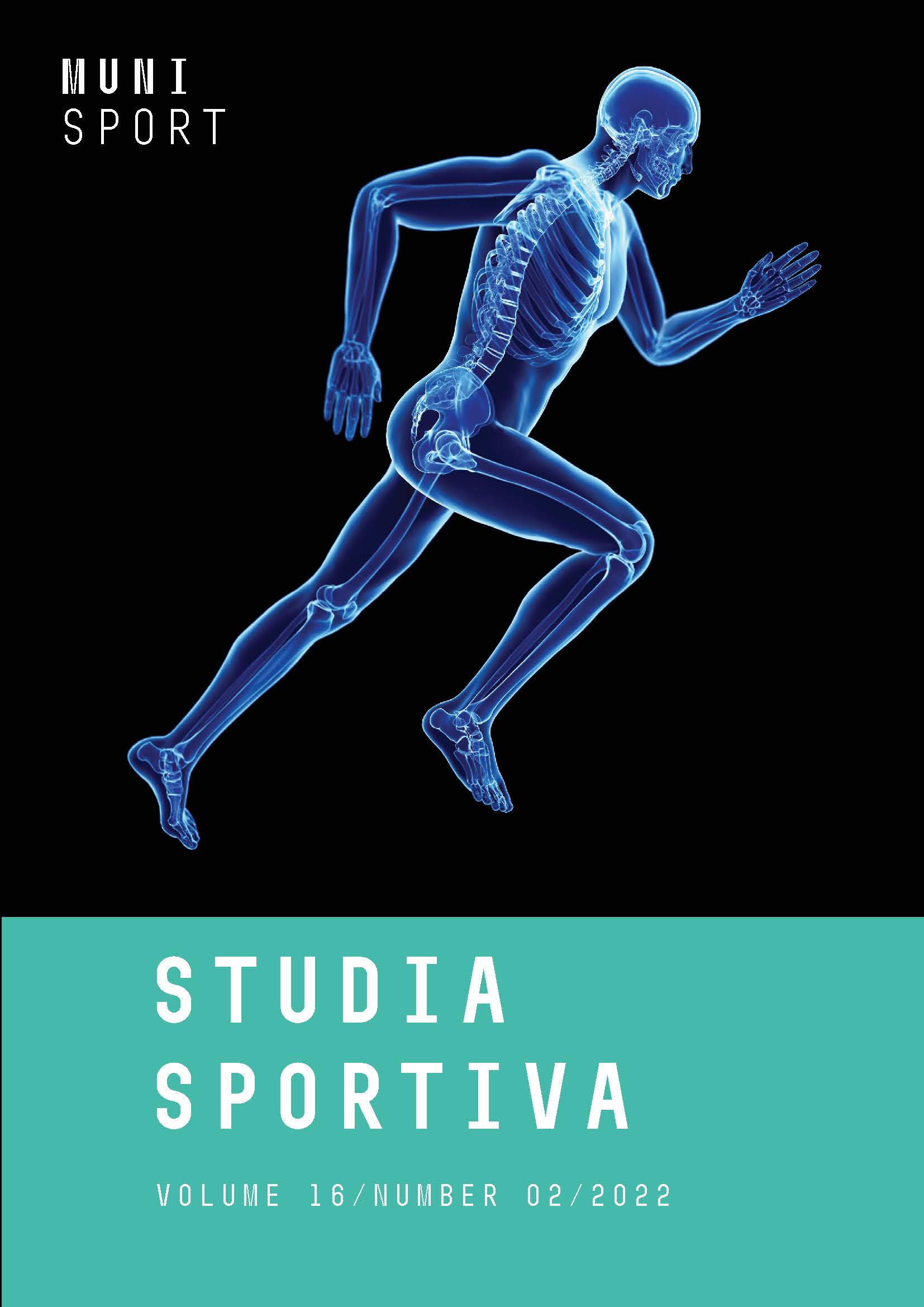The Effect of Physical Activities on Somatic Parameters of Masaryk University Students – Some Selected Results
The Effect of Physical Activities on Somatic Parameters of Masaryk University Students – Some Selected Results
Author(s): Milan Šipl, Emanuel HurychSubject(s): Sports Studies
Published by: Masarykova univerzita nakladatelství
Keywords: physical activity; body composition; IPAQ; body fat; skeletal muscle mass; university students
Summary/Abstract: Purpose: The current trend is an increasing sedentary lifestyle in all age categories. Among university students, there is an alarming decline in physical activity while increasing the percentage of total body fat compared to high school students. The main goal of the study is to describe the current state of body composition of university students and to assess the impact of physical activity/inactivity in this specific age group, which has changed very dynamically in recent years due to the coronavirus pandemic. Methods: A total of 358 probands with a mean age of 20.87 ± 1.43 years were involved in the research, of which 234 women (65.4%) had a height of 167.9 ± 6.3 cm and a body weight of 61.3 ± 10.0 kg, BMI 21.7 ± 3.2, body fat 25.9 ± 6.4%, skeletal muscle mass 24.7 ± 3.3% and 124 men (34.6%) with body height 180.9 ± 7.7 cm, body weight 77.6 ± 12.4 kg, BMI 23.6 ± 2.8, body fat 15.8 ± 5.4%, skeletal muscle mass 37.0 ± 5.6%. For the purposes of valid categorization into high active, minimally active, and inactive probands, the International Standardized Physical Activity Questionnaire (IPAQ) was used, which monitors physical activity in the last 7 days. The questionnaire includes questions regarding the frequency and time spent in each intensity of physical activity, as well as the time spent sitting. The non-invasive method of bioelectric tetrapolar impedance using the InBody 230 device was used for the analysis of somatic parameters. The Takei hand dynamometer was used for the diagnosis of muscle strength. Some selected results: According to IPAQ, probands were classified as inactive (16%), minimally active (58%) and high active (25%). The analysis of selected aspects of physical activity shows that men are more active than women, but both sexes spend more than 5.5 hours a day sitting on average. A total of 39% of probands have a higher level of total body fat than the recommended norms. Conclusion: The study showed that lower levels of physical activity are associated with higher values of total body fat in university students. At the same time, within our sample both sexes out of 84% comply with general recommendations regarding the volume and intensity of physical activity.
Journal: Studia sportiva
- Issue Year: 16/2022
- Issue No: 2
- Page Range: 283-291
- Page Count: 8
- Language: English

